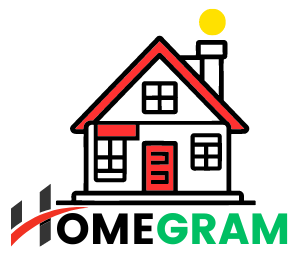Inflation in Canada Cools to 2.7%, Boosting Rate Cut Prospects

Interest rate cut possible soon?
Inflation in Canada decelerated to 2.7% in April, marking a three-year low, data released on Tuesday showed. The reading matched economists’ expectations and signaled the Bank of Canada’s interest rate hikes are effectively taming price pressures across the economy.
While gasoline prices plunged 9.6% last month, the steepest drop since April 2020, grocery costs remained stubbornly high, rising 10.8% year-over-year – the fastest pace since 1981. Factors like extreme weather, higher input costs, the Russia-Ukraine war, and supply chain disruptions continued to impact food supplies.
However, some economists noted encouraging signs of moderation in certain food categories like proteins and grains. The monthly inflation rate fell 0.3% in April, the biggest cooldown since 2020, further boosting prospects of an interest rate cut by the central bank as early as June.
“The relief in core inflation provides a powerful signal that the Bank of Canada’s rate hikes are having an impact,” said Tu Nguyen, an economist at RSM Canada. While price pressures persist in some areas, the broader trend suggests inflation is moderating in response to tighter monetary policy.
How does the Bank of Canada measure inflation in Canada?
The Bank of Canada measures inflation primarily through the Consumer Price Index (CPI)
What is the Bank of Canada’s target inflation rate?
The Bank of Canada’s target inflation rate is 2% at the midpoint of an inflation control target range of 1% to 3%.
Specifically, the key points regarding the Bank of Canada’s inflation target are:
The Bank aims to keep inflation, as measured by the total consumer price index (CPI), at 2% with a control range of 1% to 3% over the medium term.
This 2% inflation target at the midpoint of the 1-3% range has been in place since 1991 and was most recently renewed in 2021 to extend through 2026.
The Bank uses its policy interest rate as the primary tool to achieve this inflation target, typically within a 6-8 quarter horizon for rate changes to work through the economy.
The 2% target is viewed as the optimal rate to keep inflation low, stable, and predictable, supporting the economy’s growth potential.
While the Bank monitors various core inflation measures, the ultimate target is the 2% midpoint for total CPI inflation over time.
So in summary, the Bank of Canada’s explicit inflation target, as part of its monetary policy framework, is to maintain an annual inflation rate of 2% as measured by the total consumer price index, with an operating range of 1-3% around that target midpoint.
Popular










